Hannelore Schmatz was a German mountaineer who was the fourth woman to summit Mount Everest. She collapsed and died on October 2, 1979, as she was returning from summiting Everest via the southern route. Schmatz was the first woman and first German citizen to die on the upper slopes of Everest.
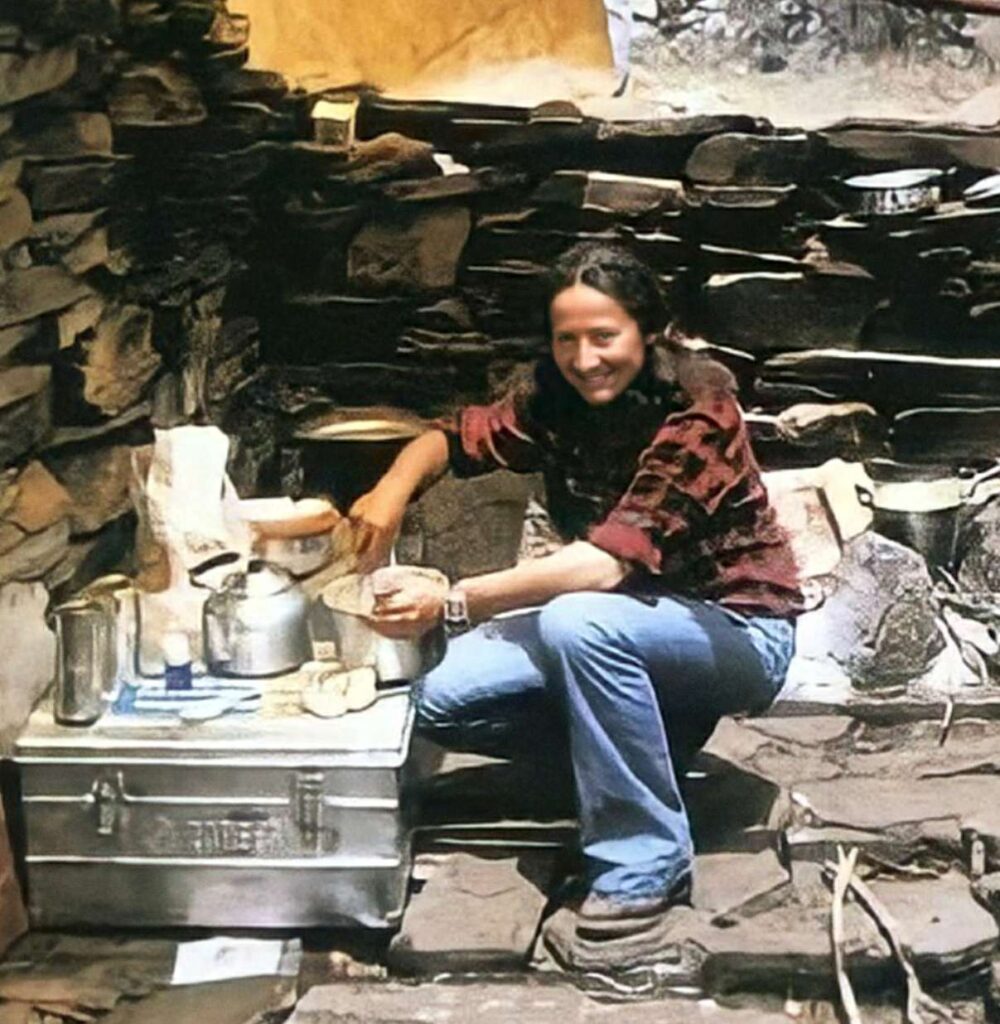
The final climbing of Hannelore Schmatz
In 1979, Hannelore Schmatz died on her descent after reaching the Mount Everest summit. Schmatz was on an expedition via the South East Ridge route with her husband, Gerhard Schmatz, when she died at 27,200 feet (8,300 metres). Gerhard Schmatz was the expedition leader, then 50 years of age, and the oldest man to summit Everest. On the same expedition was the American Ray Genet, who also died while descending from the summit.
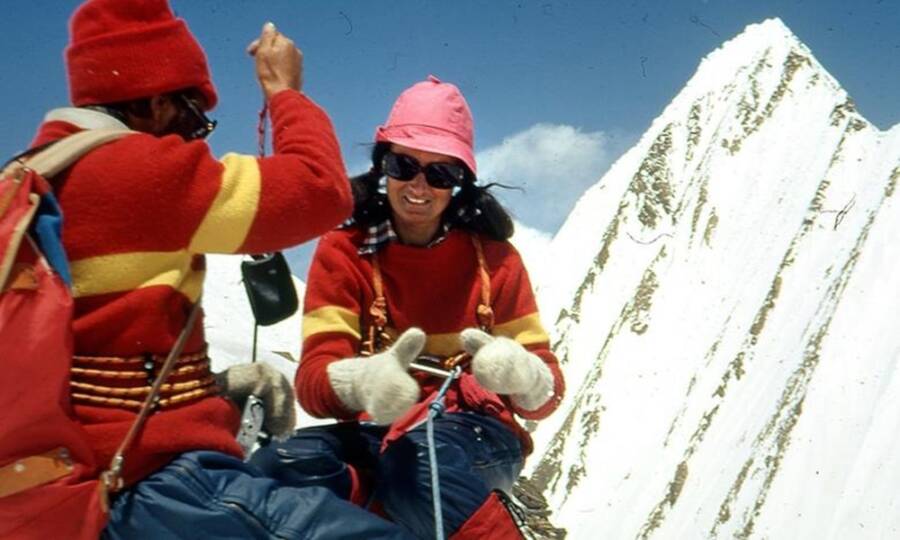
Exhausted from the climb, they had stopped to bivouac at 28,000 feet (8,500 m) as the night approached, despite their Sherpa guides urging them not to stop ― Sherpa is one of the Tibetan ethnic groups native to the most mountainous regions of Nepal and the Himalayas.
Ray Genet died later that night and both the Sherpa and Schmatz were distressed, but decided to continue their descent. Then at 27,200 feet (8,300 m), exhausted Schmatz sat down, said “Water, Water” to her Sherpa and died. Sungdare Sherpa, one of the Sherpa guides, remained with her body, and as a result, lost most of his fingers and toes.
Exhausted, she was caught by darkness at 27,200 feet just below the summit, Schmatz and another climber made the decision to bivouac as darkness fell. The Sherpas urged her and American climber, Ray Gennet, to descend, but they sat down to rest and never got up. At the time she was the first woman to die on the upper slopes of Everest.
Schnatz’s body in Rainbow Valley
Hannelore Schmatz became one of the many bodies on the South East Ridge of Mt. Everest, called the “Rainbow Valley” due to the number of bodies all wearing colourful and bright snow-gear to be still found there.
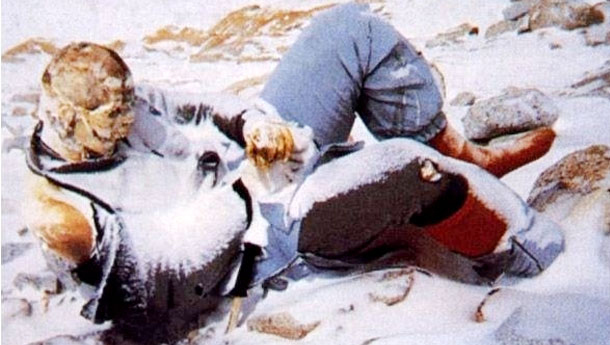
Genet’s body disappeared and has never been found, but for years, Schmatz’s remains could be seen by anyone attempting to summit Everest by the southern route. Her body was frozen in a sitting position, leaning against her backpack with eyes open and hair blowing in the wind, about 100 metres above Camp IV.
During a 1981 expedition Sungdare Sherpa was the guide again for a group of climbers. He had refused at first due to losing his fingers and toes during the 1979 expedition but was paid extra by climber Chris Kopcjynski. During the climb down they passed Schmatz’s body and Kopcjynski was shocked thinking it was a tent and stated “We did not touch it. I could see she had on her watch still.”
A tragedy after tragedy
In 1984, police inspector Yogendra Bahadur Thapa and Sherpa Ang Dorje fell to their deaths while trying to recover Schmatz’s body on a Nepalese police expedition. Schmatz’s body was seen leaning on her backpack froze in that position with her eyes open.
Recalling Schmatz’s frozen body
Chris Bonington spotted Schmatz from a distance in 1985, and initially mistook her body for a tent until he got a closer look. Chris Bonington briefly became the oldest known person to summit Mount Everest in April 1985, at the age of 50. He was surpassed by Richard Bass, who summited later that same season at 55 years old, five years older than Bonington. The record has been surpassed multiple times since.
Lene Gammelgaard, the first Scandinavian woman to reach the peak of Everest, quotes the Norwegian mountaineer and expedition leader Arne Næss Jr. describing his encounter with Schmatz’s remains, in her book Climbing High: A Woman’s Account of Surviving the Everest Tragedy (1999), which recounts her own 1996 expedition. Næss’ description is as follows:
“It’s not far now. I can’t escape the sinister guard. Approximately 100 meters above Camp IV she sits leaning against her pack, as if taking a short break. A woman with her eyes wide open and her hair waving in each gust of wind. It’s the corpse of Hannelore Schmatz, the wife of the leader of a 1979 German expedition. She summited, but died descending. Yet it feels as if she follows me with her eyes as I pass by. Her presence reminds me that we are here on the conditions of the mountain.”
The wind eventually blew Schmatz’s remains over the edge and down Kangshung Face ― the eastern-facing side of Mount Everest, one of the Chinese sides of the mountain.
The dead bodies on Mount Everest
George Mallory
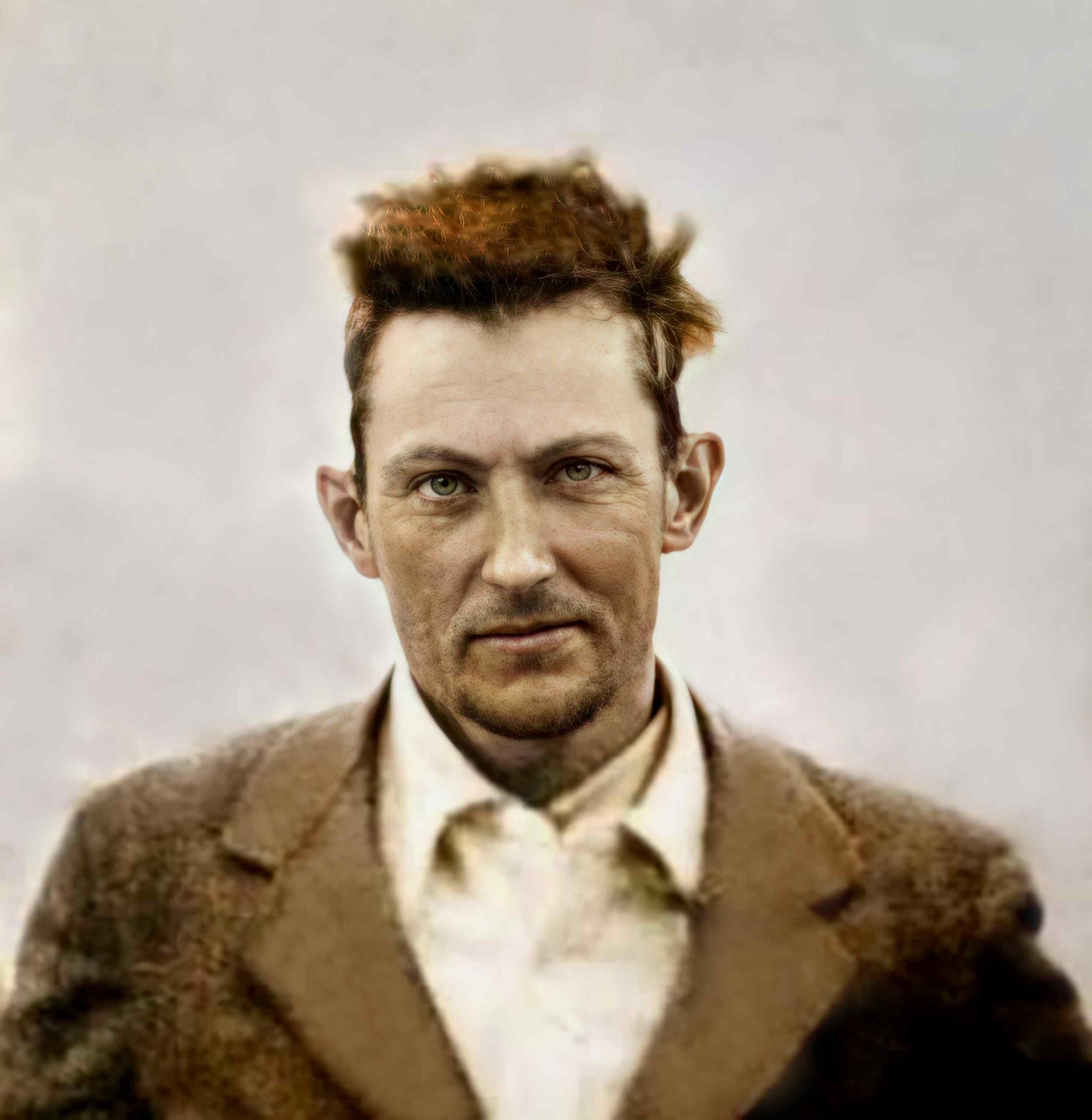
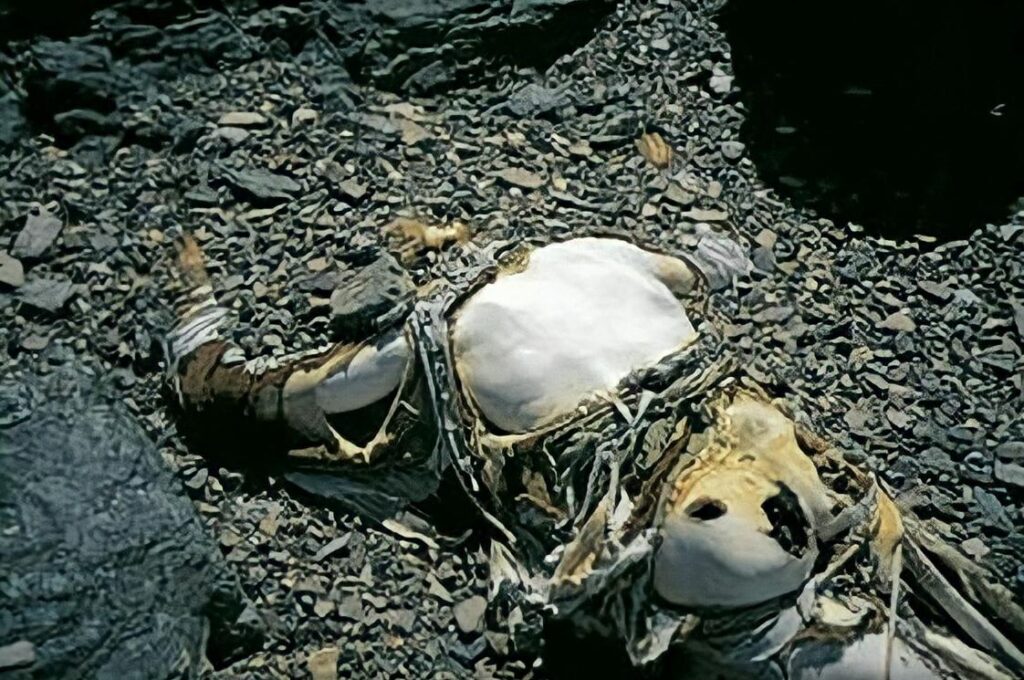
George Herbert Leigh Mallory was an English mountaineer who took part in the first three British expeditions to Mount Everest, in the early 1920s. Born in Cheshire, Mallory was introduced to rock climbing and mountaineering as a student at Winchester College. In June 1924, Mallory died from a fall on the North Face of Mount Everest, and his body was discovered in 1999.
While Mount Everest is a very famous mountain that has also a curious but not so famous haunting. Some climbers have felt a “presence” which is soon followed by the appearance of a man dressed in old fashioned climbing gear. This man will stay with climbers for a while, offering encouragment for the tough climb ahead, before disappearing once more. It is thought that this is the ghost of English mountaineer Andrew Irvine who disappeared along with George Mallory on the mountains north face, in Tibet, 1924. His body has never been found.
Tsewang Paljor: Green Boots
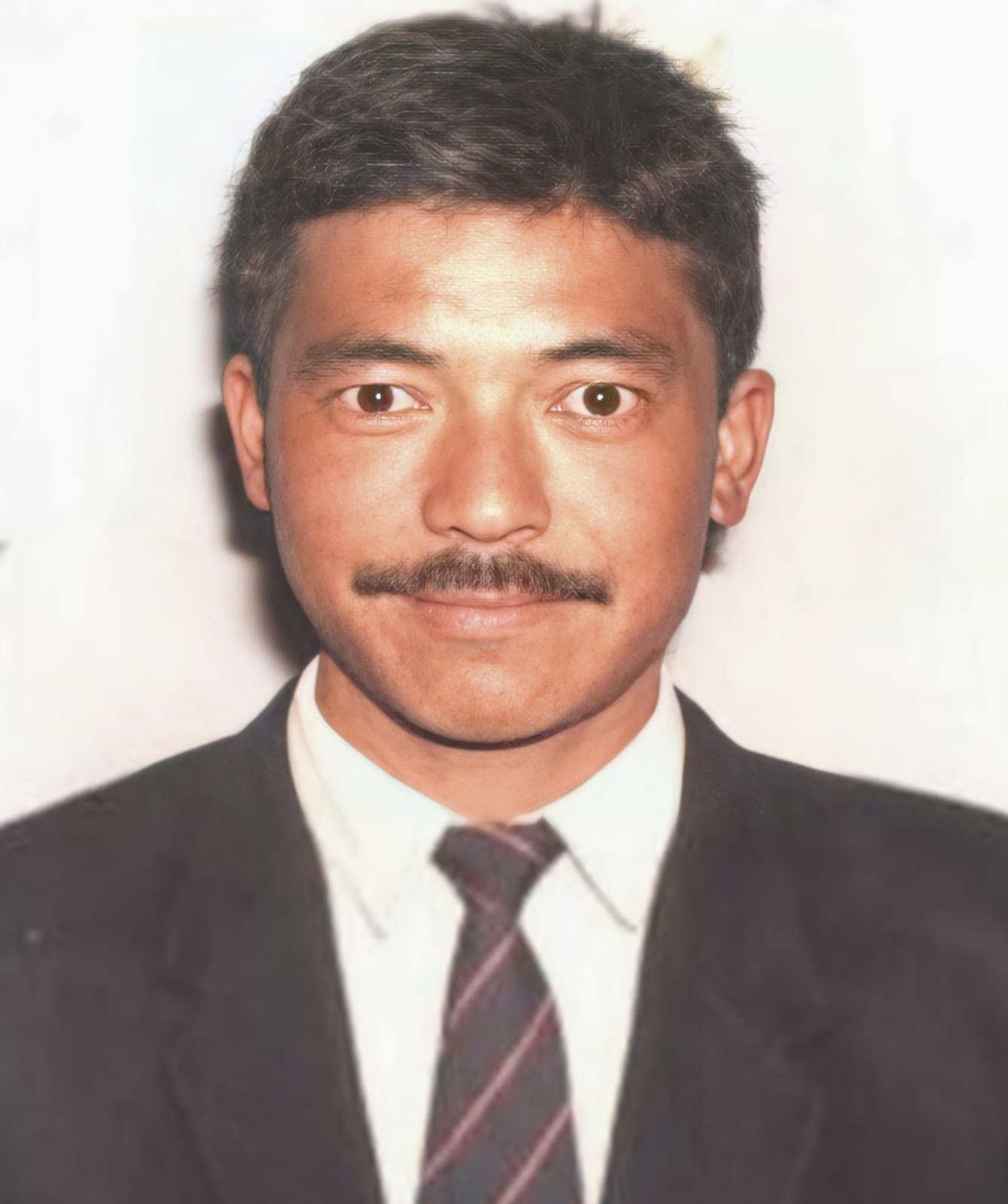
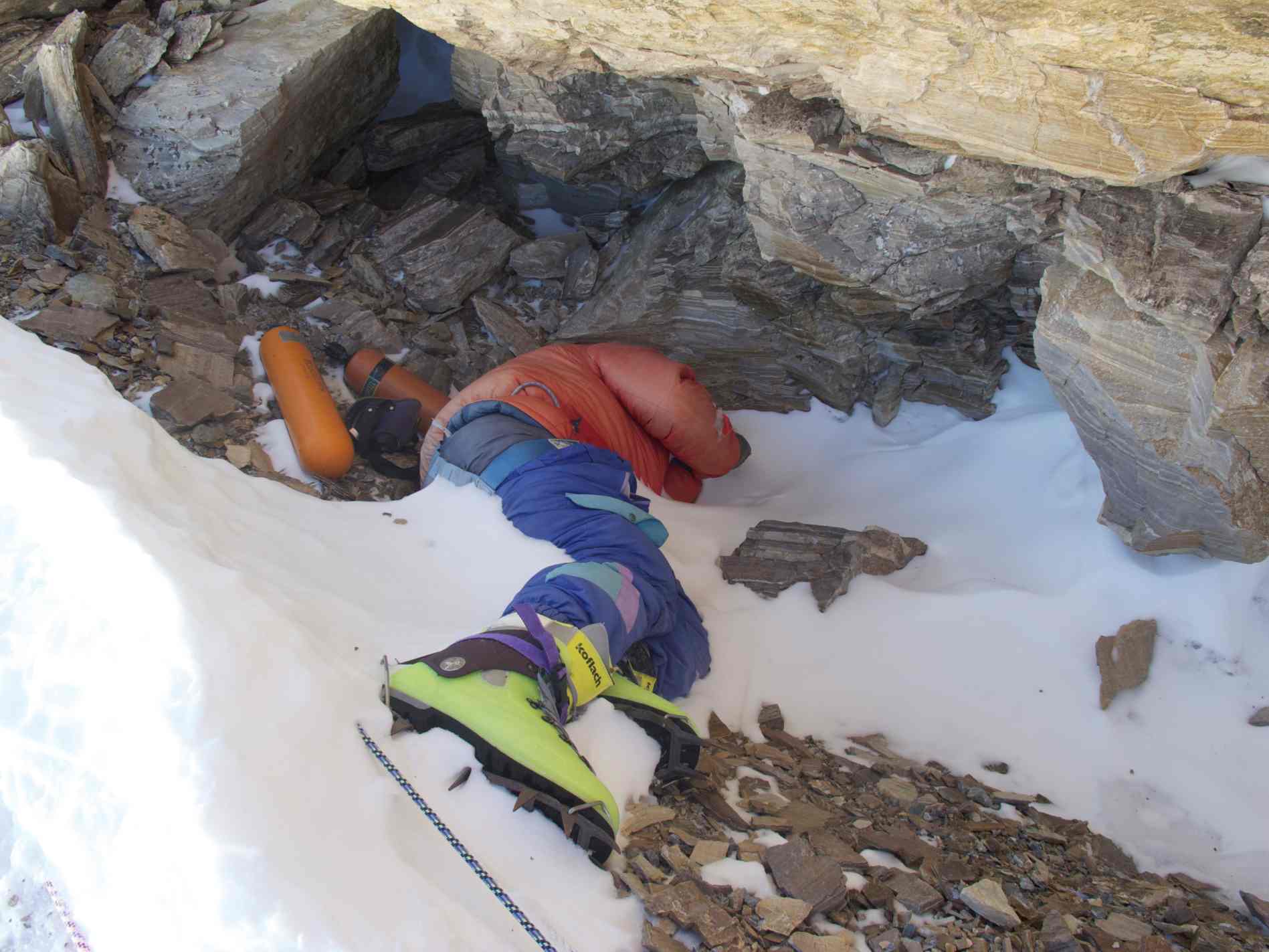
Tsewang Paljor died along with seven others in what is known as the 1996 Mount Everest Disaster. On his way down from the mountain, he was trapped in a severe blizzard and died from exposure. Two of his climbing companions died as well. The bright green boots he wore led to the nickname “Green Boots.” His body was used as a trail marker until 2014 when it disappeared under unknown circumstances. Another climber took video of Paljor’s body before it disappeared. You can watch it here.
Marko Lihteneker
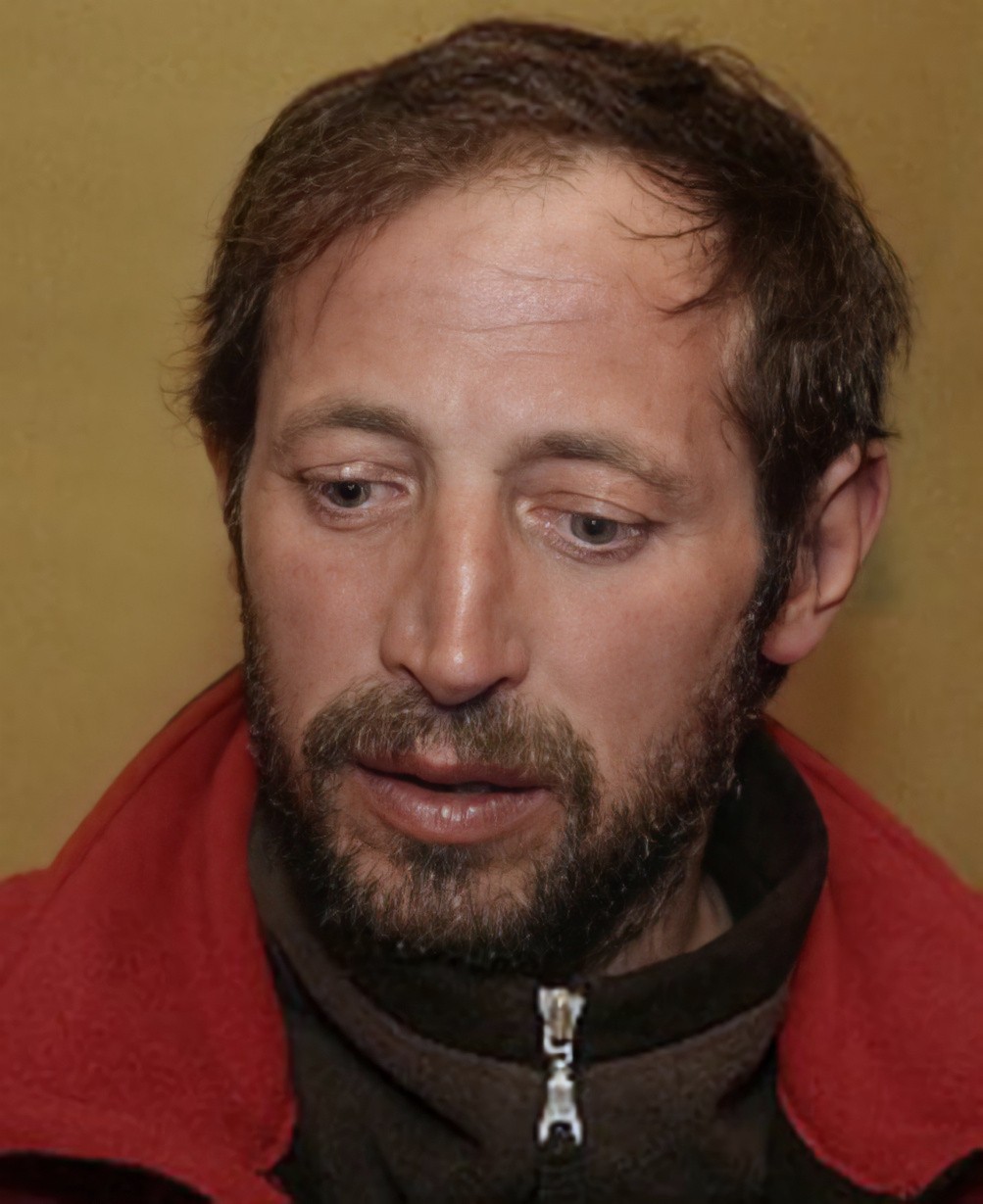
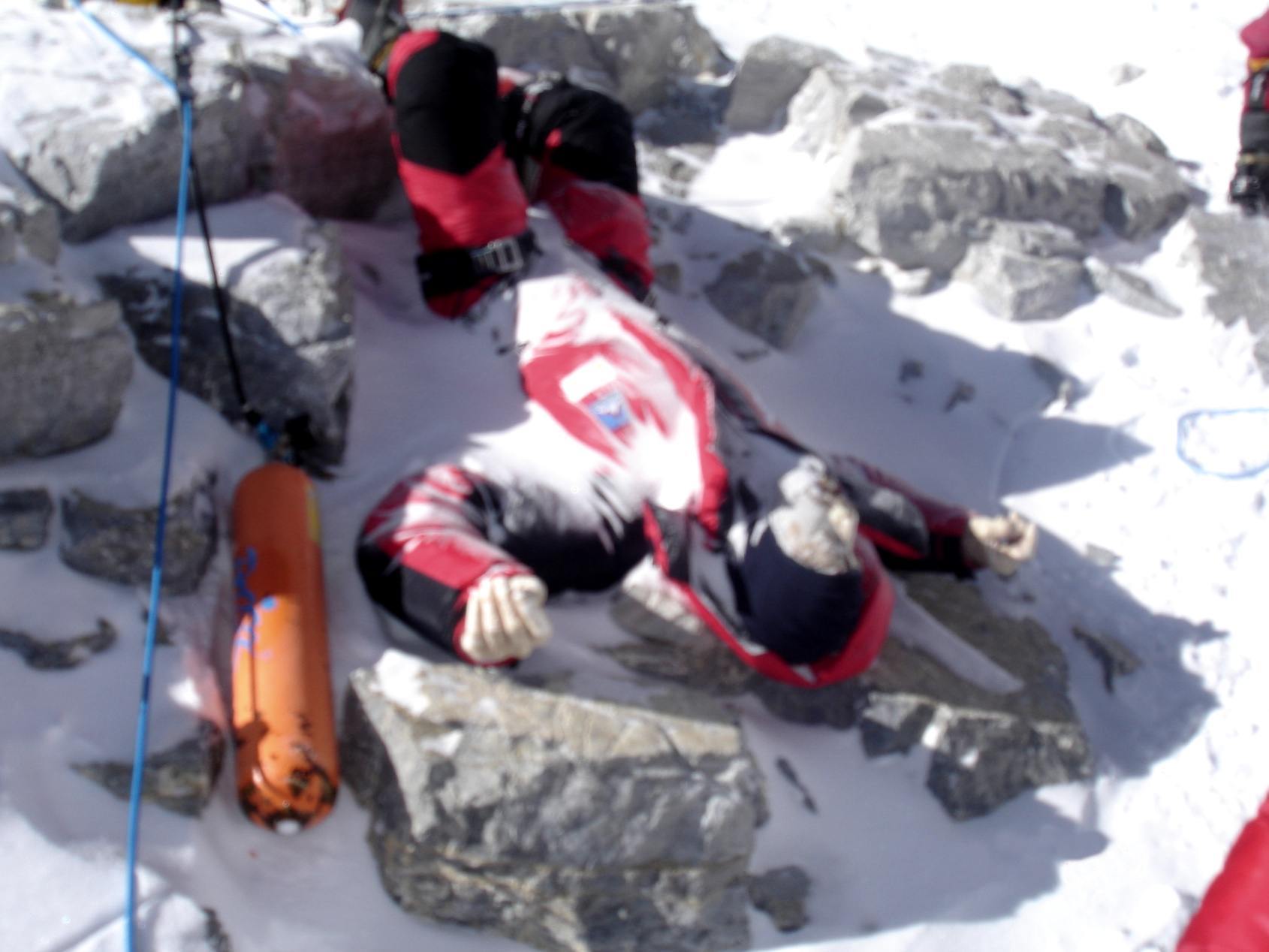
He was a Slovenian mountain climber, who died at the age of 45 on his descent from Mount Everest. According to those who last saw him alive, Lihteneker was trying to sort out problems with his oxygen system. A Chinese group of climbers came across him and offered him tea, but he could not drink. He was found deceased in that same spot on May 5, 2005.
Francys and Sergei Arsentiev: The “Sleeping Beauty” of Mount Everest, Rainbow Valley
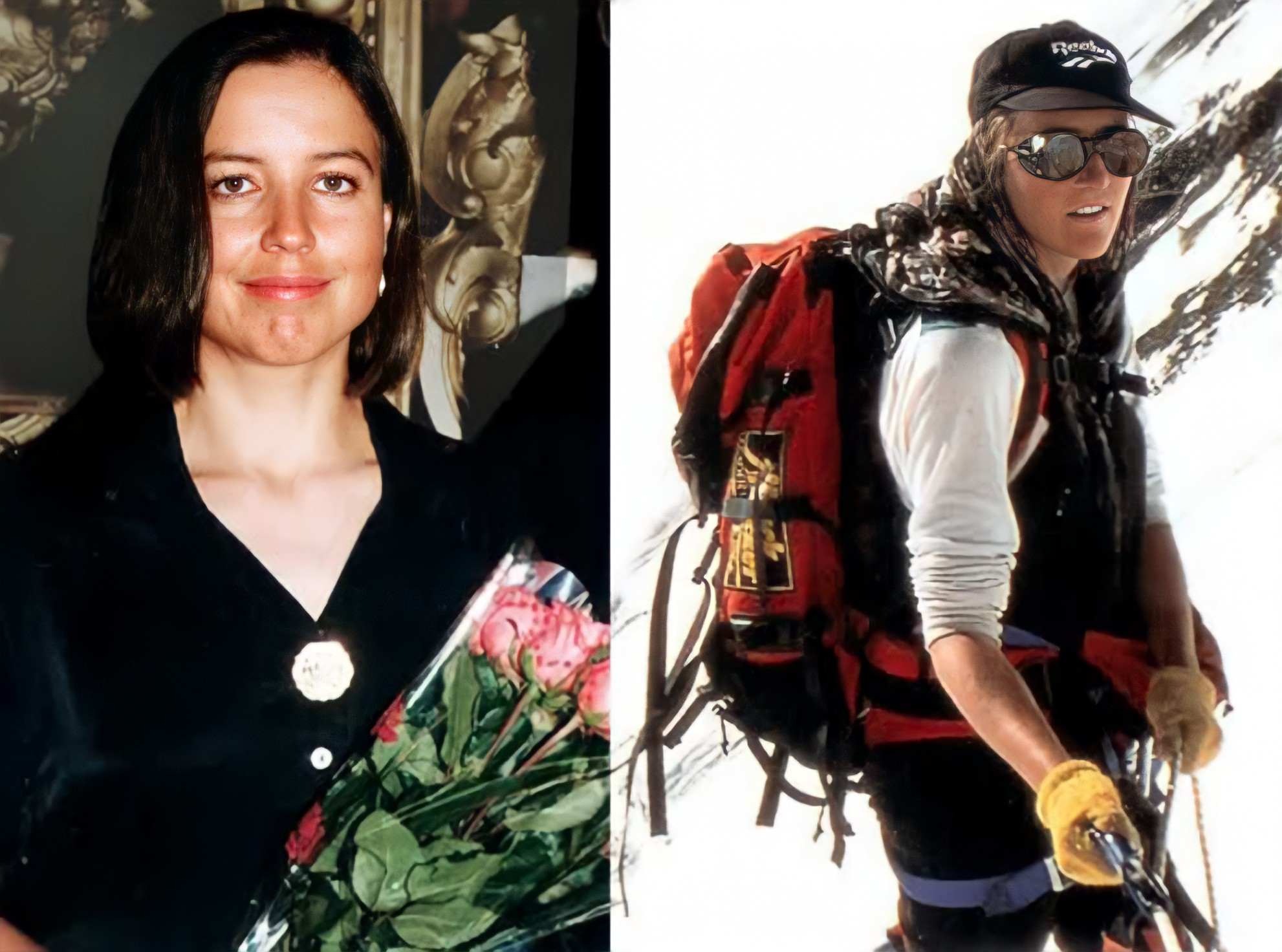
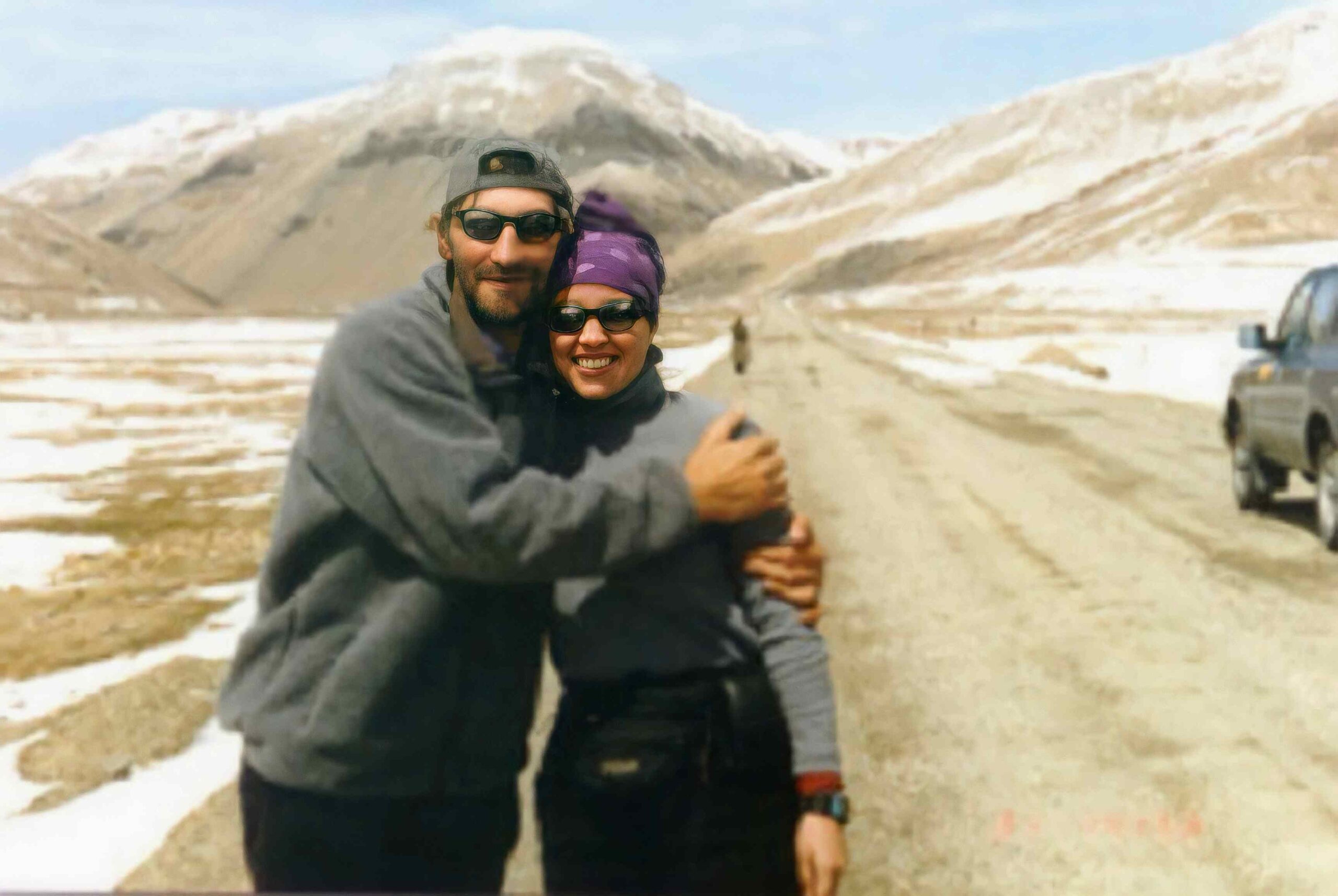
In May 1998, Mountaineers Francys and Sergei Arsentiev decided to scale Everest without bottled oxygen, and succeeded. Francys is the first American woman to do so, but neither she nor her husband would ever finish their descent. On their way back down from the summit, however, they were exhausted, and had to spend another night on the slope with barely any oxygen.
At some point the next day, Sergei became separated from his wife. He made it back to camp, but went back to find her once he realized she wasn’t there. Two climbers had encountered Francys and begged them save her, saying she was suffering from oxygen deprivation and frostbite. But there was nothing they could do and Sergei was no where to be seen. His body was found a year later, unfortunately, he slipped off the steep ice shelf while looking for his wife and died in the nameless ravine beneath Mount Everest. They left behind a son.
Why those two climbers couldn’t save Francys Arsentiev’s life?
Lan Woodall South who was an African Mountaineer had led a team to climb Mount Everest previously. He with his climbing partner Cathy O’Dowd was again on Everest when he encountered their friend Francis Arsentiev. Woodall found her still alive and hastened to the rescue for her in a hurry.
Woodall and Cathy knew that they do not have the ability to put Frances back down the mountain, but can’t leave her alone to continue to climb. In order to seek psychological comfort, they choose to go downhill for aid. Frances knew that she could not live until reinforcements arrived. She pleaded with the last breath: “Don’t leave me, please! don’t leave me.”
In the second morning, when another mountaineering team passed by Frances, they found her dead. Nobody could help her. Everyone knew how dangerous it was to carry the dead body under the north slope of the Mount Everest because of steep rock lose at rolling.
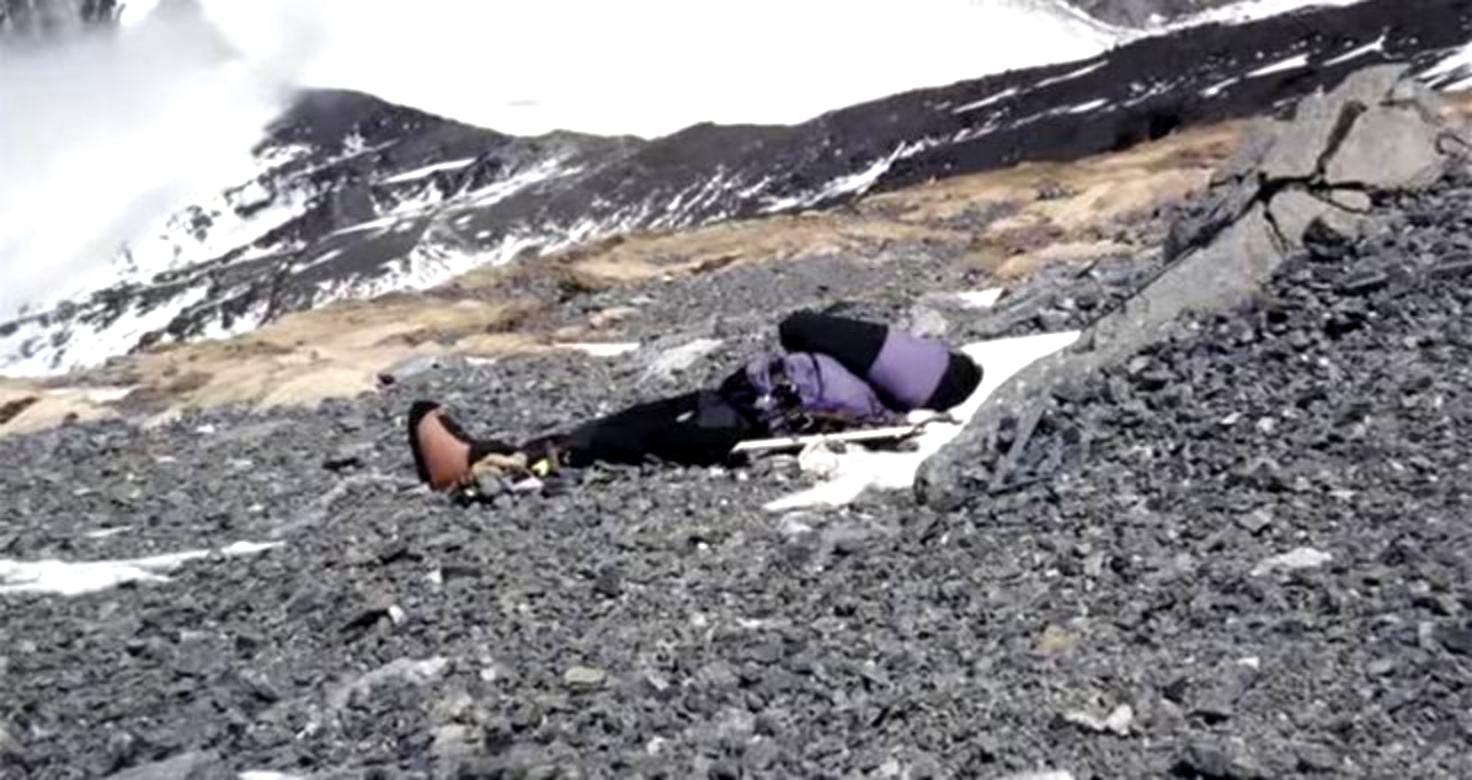
Over the next 9 years, the frozen dead body of Frances remained in more than 8 thousand meters above sea level of Mount Everest, became a startling landmark. Anyone who climbed Mount Everest from here can see her purple mountaineering suit and her dead body which exposed to white snow.
Shirya Shah-Klorfine
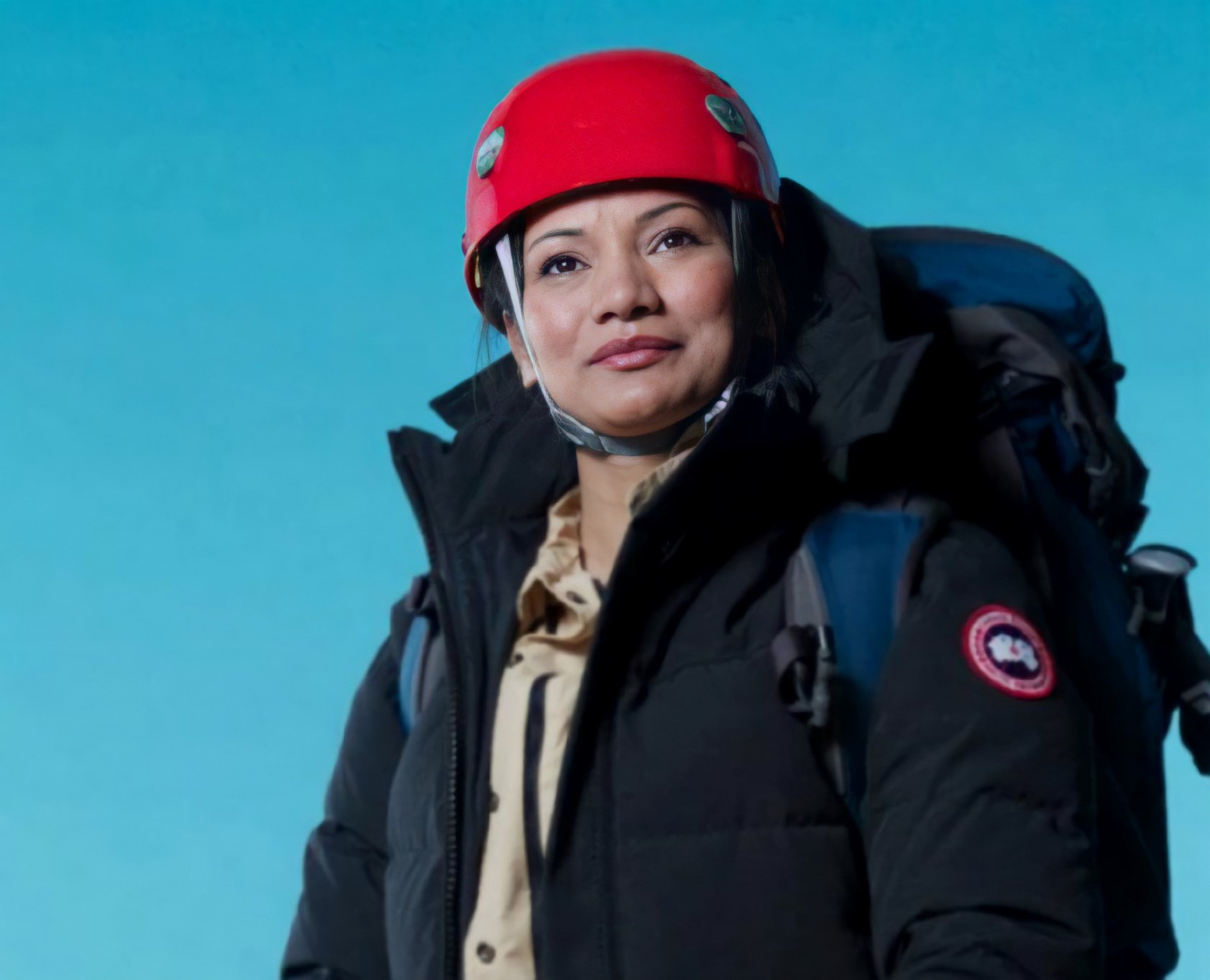
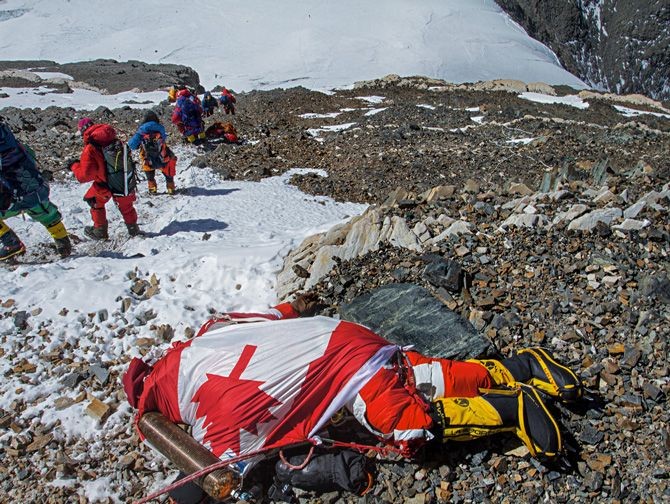
Shirya Shah-Klorfine was born in Nepal, but lived in Canada at the time of her death. According to reports and interviews from her guides, she was a slow, inexperienced climber, who was told to turn back and warned that she could die. She eventually made it to the top, but died on her way down from exhaustion. It’s speculated that she ran out of oxygen. Unlike the other climbers in this post, Shah-Klorfine’s body was eventually removed from Mount Everest. A Canadian flag was draped over her body.
There are hundreds more bodies which will probably never be recovered due to the steep slopes and unpredictable weather.




